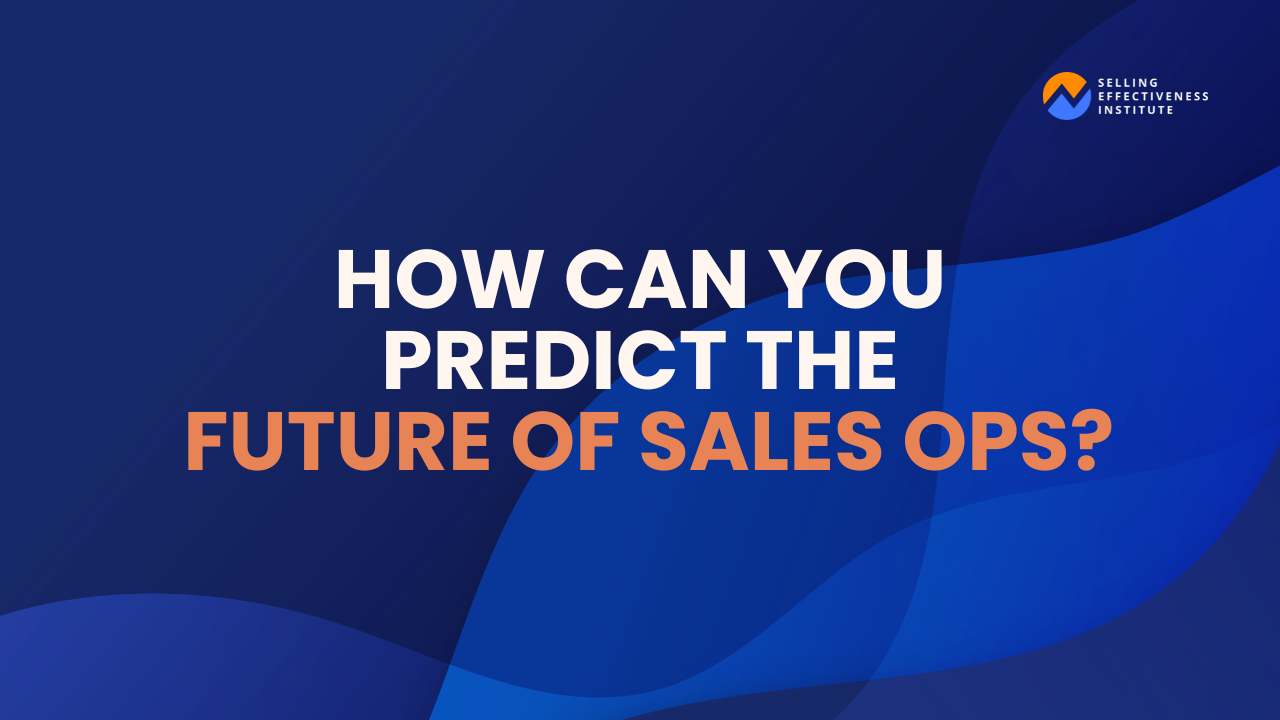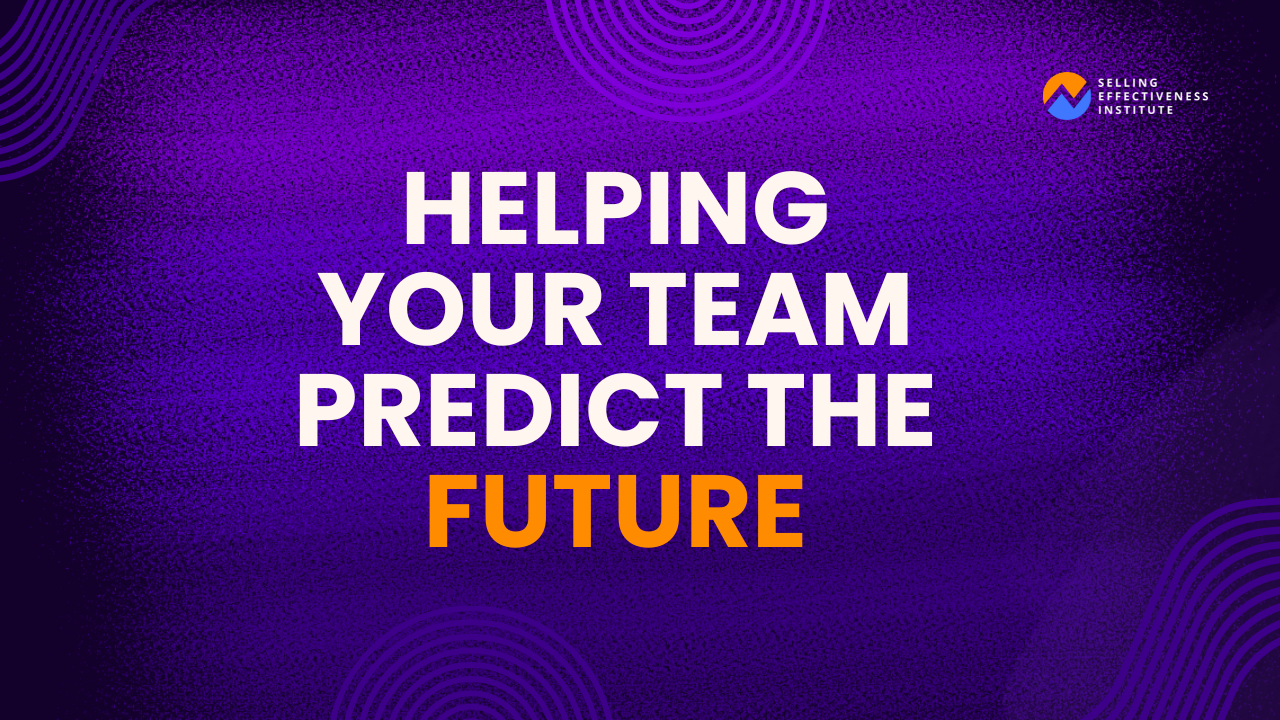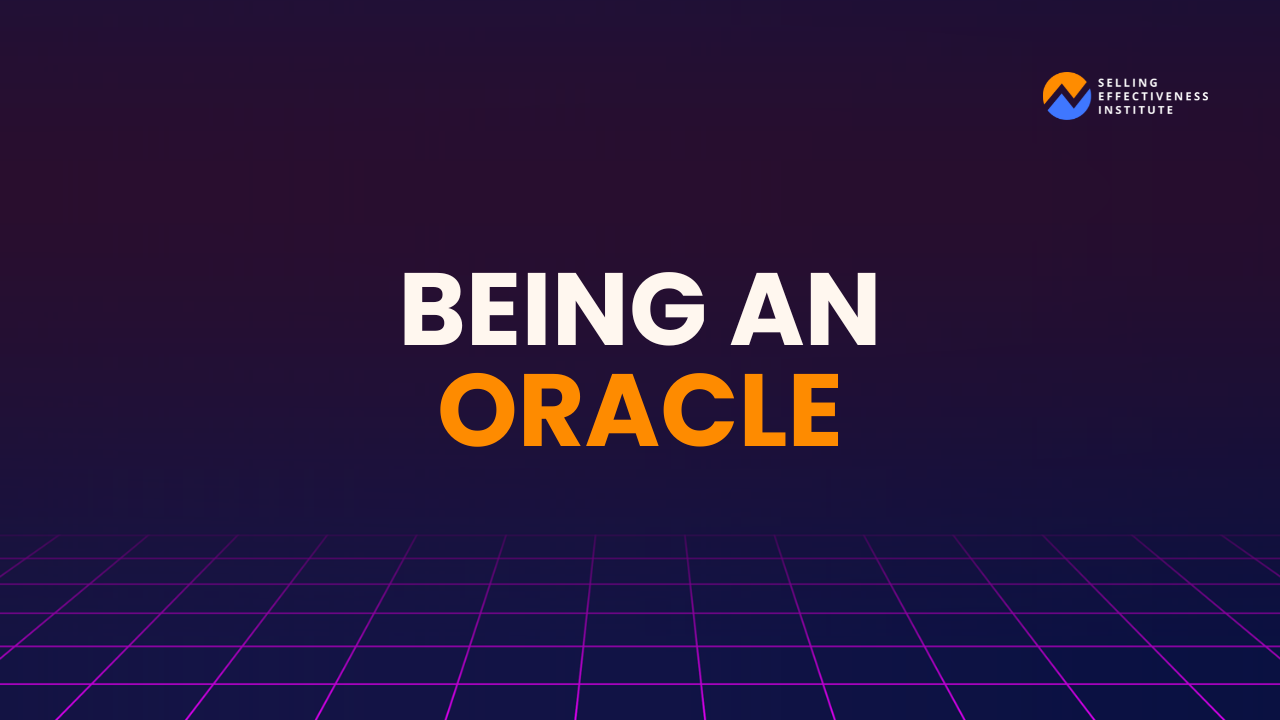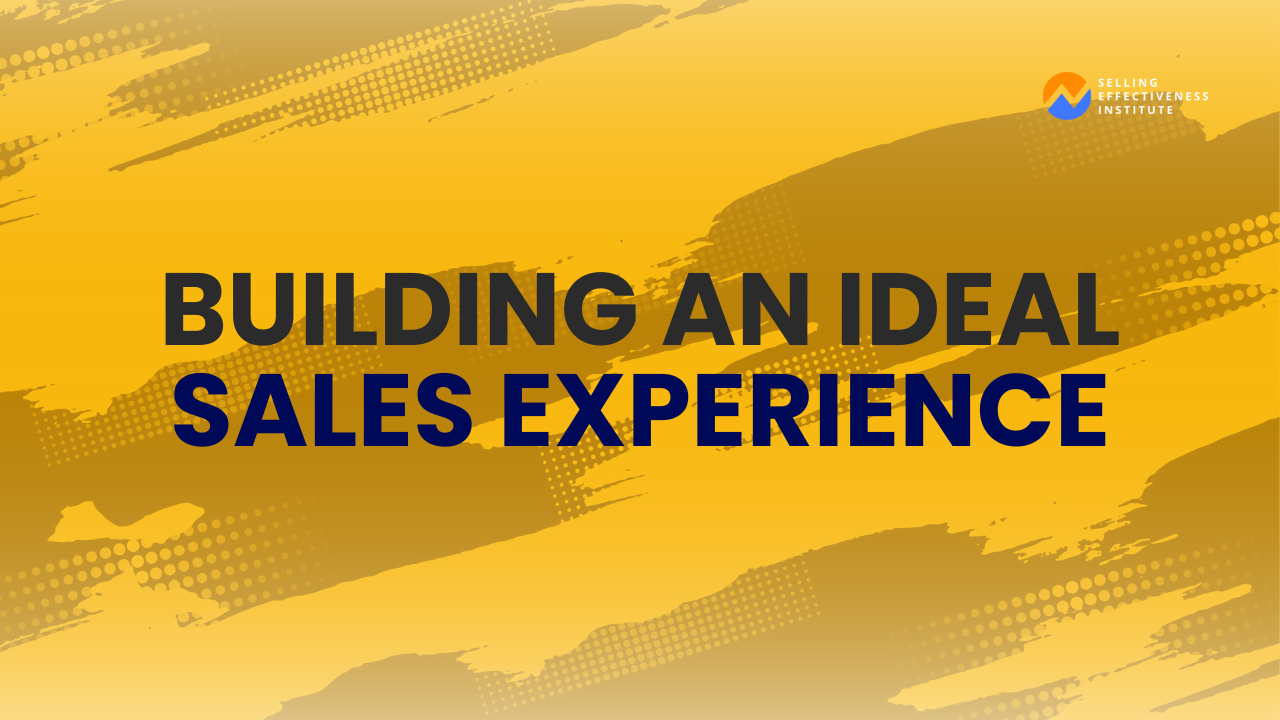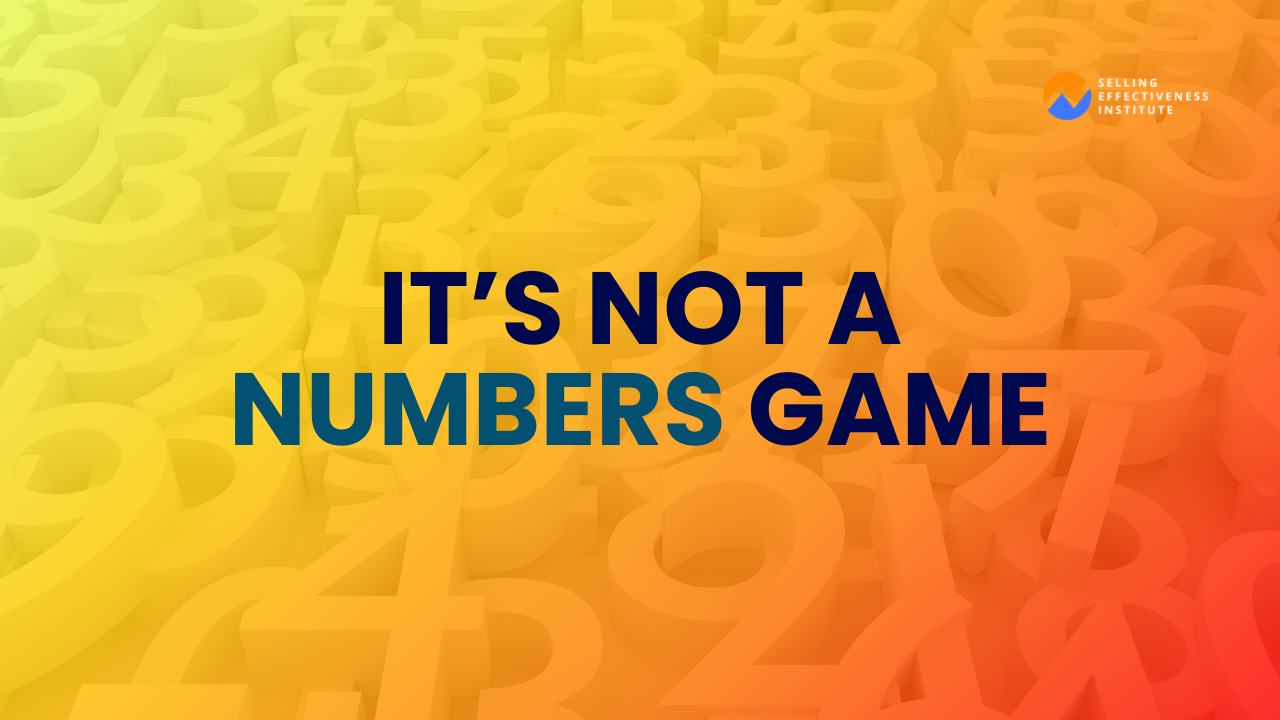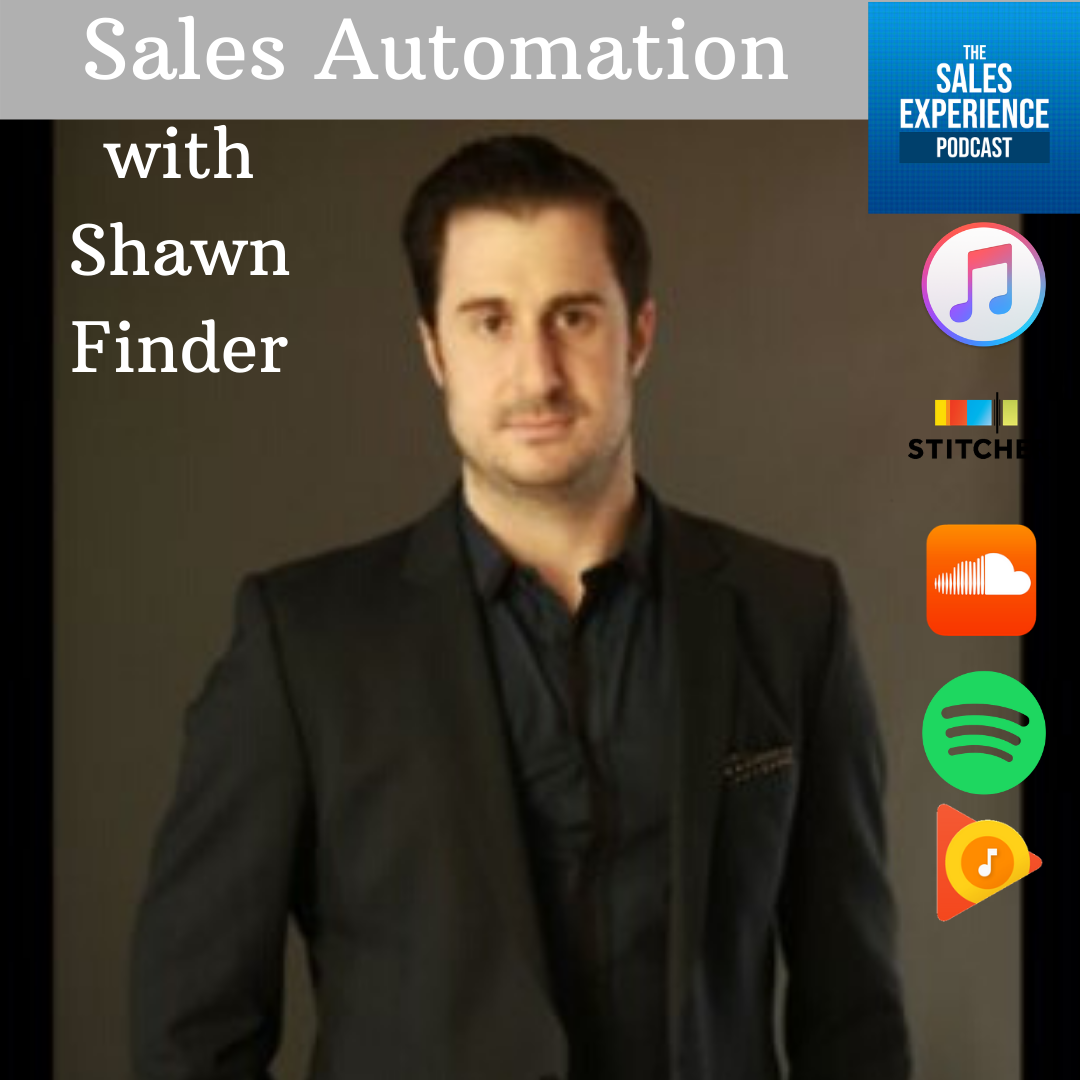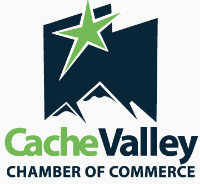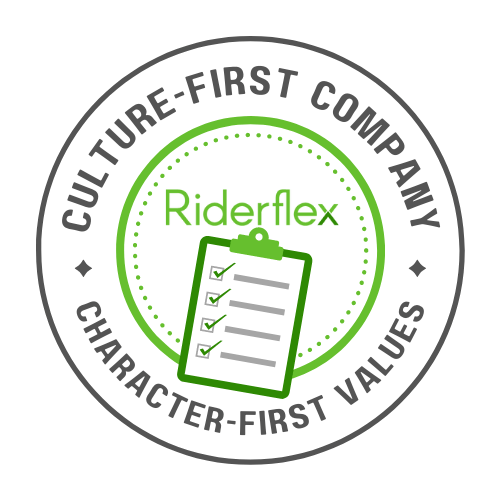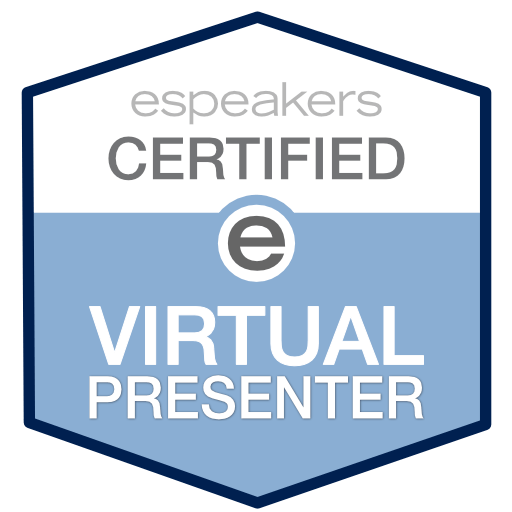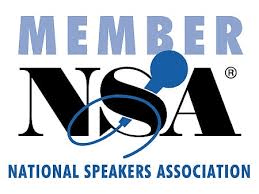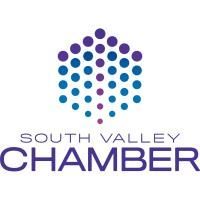Jason: Welcome back to the sales experience podcast. My name is Jason Cutter. You are about to enjoy part two of my conversation with Shawn Finder from autoklose. Now if you didn’t check it out, make sure to listen to yesterday’s episode, part one where we start the conversation talking about SDRs, BDRs like that outreach automation, that balance between automation and relationship and personal touches. In this one here we continue this conversation and talk more about that. The engagement with that looks like the right process, the numbers and we’d go into a lot of detail but here you go. Here is part two.
Shawn: So what we did was we actually kept track of how long their calls were, listen to the recordings after he gave them tips. But we’ll also do just random, we’ll just come up with a random thing once a week for three weeks and every week you’d have to do it. And it was like just a random activity we’d come up with has nothing to do with our product or service, but just to get them used to a getting rejected on the phone cause we want them to get rejected enough. They realize not everyone you’re going to call is going to say yes I want to buy your product or service.
Jason: Yeah. Well and that’s where I think, you know, one of the biggest things that I suggest to every single salesperson is groups like Toastmasters where you’re just going and practicing public speaking and being comfortable talking to people. Networking events are great where literally, you know, you get over that fear of just meeting people, talking to people, just understand, just have a conversation with no agenda and then you can apply those skills to, you know, whatever it is that you’re selling.
Shawn: 100% I completely agree.
Jason: So you’ve got this, you got the people making the phone calls, doing the outreach, you have the automation and so what kind of success rate do you have with that? What are you looking at? You know, one of the other comments you have made online or another podcast is talking about, you know, the win rate and what’s acceptable and you know, I kind of want to talk about where, you know, I hear this a lot where companies are excited because their win rate, their sale rate, their close rate is they’re like, Hey, it’s 10% it’s 15% we’re excited. This is great. Yet you kind of have a different approach on that.
Shawn: Yeah. So you know, funny enough, something we actually changed recently, but our win rate, if you can build that relationship with people but also kind of be a little bit witty on the phone and have a little bit of a personality and relate to them, you know, close rate depends on that. I find if I’m a two account managers or account executives beside each other and one of them that, you know, spends the first, even two, three minutes trying to, you know, how’s the weather, we don’t talk about sports, talk about something to get that, that really helps with the win rate. But funny enough, and this is completely something happened a week ago is designed, you know, you, you wouldn’t believe that if you have something like this, a little black and white and you add a little bit designed stuff, even when you are doing a demo of your product, it can really, really help your wing rate. Um, people like our visual learners like to see visual things. So if you do have even a website, anything like that, if you want to really close with or do a PowerPoint presentation, one thing I’ve learned is focus a lot on the design when I used to not focus on the design because it can really help that win rate.
Jason: And so what do you mean? You’re talking about if you’re doing a demo, a screenshare, something like that. Like how the presentation looks. Just not, not just the content.
Shawn: It could be the presentation. For example, if you’re doing a demo of your SAS product, I’m talking about even your user UX UI inside your SAS product is extremely important. I was speaking to somebody the other day and they had about a 20% close rate on top of what they were doing before by just changing how their user interface looks inside the software. So I think near the digital design, not only inside the software but also in your presentations and not doing too much text, but doing more visual stuff can really help with that win rate.
Jason: Well, and, and it’s interesting when you talk about that because the very first thing that pops into my mind is Apple products. And let’s say I iPhones, I mean I obviously hardcore iPhone users will think that iPhones are the best, but from a technical standpoint, they’re not always the best. They have issues. Battery life isn’t great, but one thing is that interface and the usability in the simple and it’s beautiful and the products are very like experientially great, which then makes people want to use them and loyal to them.
Shawn: I think it’s, it’s, you just touched on an exact, it’s the user interface of an Apple product. Obviously their branding really helps them. Yes. You know, if you have something that’s visually appealing or you have something that’s black and white, it might be a little bit better. You’re still going to take the visual appealing one because a, you know, people want to see you with that iPhone and, and all the tools and all the apps inside are colorful. So I think they’ve done a really good job with their user interface. But I will agree with you that their battery is not, it’s not that good as my phone dies about twice a day.
Jason: Well, and I am a non iPhone user, typically Android, but everybody around me who has iPhones that are constantly dying or needed to be plugged in. So I totally get that. And it’s interesting because I don’t talk about this a lot on my podcast because I focus more on the sales process and let’s say talking, uh, you know, asking questions and discovery and then solving problems. But this is an interesting point that you bring up, which makes me think about, and the focus which is on that experiential side, especially because now in this day and age, everything is tending more online, more, you know, instant, more easy. And then I think where things are going also though as people just crave the experience and so you know, how’s it look, how’s it feel? What are all their senses that are triggering it? Even if like literally we’re talking about a SAS, you know, a SAS product, a B to B like okay, well you wouldn’t think that matters too much. But you know, if you’re in that business and you’re selling it, how people experience what you have is just as important as technically what it does.
Shawn: 100% you know, there’s one thing I learned like a few years ago, even just the colors you choose on your brand, on your logo, on your website. I mean it was funny and I looked at it and it’s like if you look at Muslim of the most successful companies in the world, they always use blue. Like they always have the color blue. And if you look into it and you know there’s been studies done that the color, you know, kind of has some meaning behind why these big companies choose, for example, the color blue. So I think design is very important, but just having something that’s visually appealing cause everyone wants people to look at something and think, Oh that looks good. Oh that looks good. And then they kind of start looking at the functionalities work. Ideally in the real world it should be, you should be looking at the functionalities in saying, okay, I don’t care if it’s black and white, but that’s not how sales people are business. People think, yeah, yeah. Then you know,
Jason: the functionality is separate, but they want something that’s appealing. So that’s fascinating how much of a difference that can make me. My brain generally goes more towards function and usability as far as, you know, as a user on my end, as well as like a salesperson. So not necessarily the aesthetic side. So that’s a really good reminder. I know for me to obviously make sure it’s also visually appealing.
Shawn: Right? Yeah. No, I’m, I’m one of those guys. I like something that’s very user friendly. Yeah. If it’s black and white, but it does the job like you know, it’s like kind of thing. Like I say with her and it’s like it gets you from A to B. It doesn’t matter how it looks as long as it gets you to a to B. So I’m, I’m kinda one of those people that like, like things simple and user friendly. And then obviously the, the visual and design is obviously not on.
Jason: So where do you think, going back to the win rate, where like a good win rate should be? Like if somebody, you know, let’s say B2B SAS, like using an SDR type model, when then you have a closer, like what is that win rate? What should the closers be closing at?
Shawn: That’s a great question. So right now, and we’re testing that out. I’m looking at, you know, each of our SDRs, we’re hoping that every week they can bring four qualified leads to my AE because what we find is, you know, our age dependent, obviously it’s product dependent. I mean, if you have a, if you’re selling, you know, Salesforce and the client’s already looking for a CRM, it’s a lot easier than somebody you know, from a cold prospect. But I would say for demos, which you’re looking at 16 qualified leads for my AEs a month. And then you know, from what we see, we have anywhere between, you know, 30 to 50% but actually closed. And that’s, you know, that all comes down to, like we said, you know, is it user friendly and all that other stuff with the product. But I would say, you know, 16 leads per SDR a month, and then you’re looking about 30 to 40% closer by the eighties after that.
Jason: And I think those numbers are really important. Especially like you said, it’s all relative, right? Whether you’re selling apples and you weren’t talking about phones, I’m guessing you’re talking about fruit, uh, but you know, selling apples to SAS, software to marketing, to consulting, like whatever it is, is have those specific numbers and what’s the right volume, which then kicks out the correct quality to your salespeople. Now you never want to tighten it up so much where it’s 100% close where you know you’re only going to talk to people who are absolutely ready because then that means you’re just order taking and you’ve set this up where you know you’re not actually doing some sales stuff and moving things wrong or your pricing is wrong where it’s too low. And it’s funny though on that note, it’s interesting because I’ve had that debate with salespeople before where they said, well, the pricing is too high and if it was lower I could sell more.
Jason: And so a couple of times I have actually with the approval of ownership changed the pricing for a short period of time. And I said, okay, you think pricing’s the issue, you think that’s what the issue is? Okay for this week, here’s what the price is. So normally it’s this much, now it’s going to be this much, now go now sell lots. And then what’s fascinating is when the price is too low, it seems too good to be true. And then you have, in my experience, a closing rates because now people don’t believe there’s actual value in it.
Shawn: Yeah. And you know, talk to me about that. In general, I would say I learned that early on as well. If you price too low, you know, how do I determine pricing? I say what I price is too low and I have people telling me I’m too cheap. I know I have to raise the prices, but when I raise the prices and somebody goes, you’re too expensive. I know my price is maybe a little too expensive. So you wanna try and find that sweet spot. But also, you know, to your point, I found that if you are too low, you actually might be attracting the wrong clients, the clients that you don’t even want for your business. Those are the kind of clients that will go into your support and you know, literally drive them nuts. And then, you know, after a month, signing a one year contract, after a month, if they don’t get a return on their investment, they’re gonna ask for a refund. So I find you got to make sure that your pricing is determined by when you have a client that says you’re not too cheap but you’re not too expensive and then you kind of know where you should be. But as I said, I learned the lesson when we started out by pricing out too low and getting the, getting the clients I don’t want, you know, using our product.
Jason: And that’s a great reminder for anyone listening. Sales managers when talking about lowering priced in order to close a deal and the point at which you should lower it and how much you should lower it. A lot of salespeople just to get the sale, will want to give a deal, want to lower price, want to offer end of month, end of quarter, end of year special deals. Like get people in the boat, you know, meet those quotas, meet those numbers. And for me, based on my experience and just looking at it psychologically, I am fairly against those kinds of incentives because then it does what you’re talking about, which is attracts the wrong people. They weren’t, weren’t willing to buy when they first saw your product or service and now that there’s a deal, they’re willing to give it a shot, but essentially you’ve begged them for the business and they now own you because they’re doing you a favor and then they’re just going to be a pain in your butt. They’re probably going to be a very difficult.
Shawn: I call those little types of clients that will email, you know, CEOs or companies and tell them how they should prioritize their features for their product and what your roadmap should be. They’re kind of the clients that you, you know, I tell people not every client is good for every business and you know, I’m one of those guys that if I find a client that will be more of a headache to our organization, then will help us or help them. There’s nothing wrong with saying no to a client and denying client either your product or your.
Jason: Alright. That concludes part two of my conversation with Shawn Finder. Again, go to the cutterconsultinggroup.com website. You can find the transcript, the show notes, his links, this episode, lots of other episodes and information on there. And thank you so much for listening. Make sure to subscribe to the podcast if you haven’t already. Wherever you’re downloading these shows from as well as rate and review and more than anything too, and I don’t ask this enough, share this with anybody you know that’s in sales now, whether they’re B2B, SAS and kind of the realm that Sean is in and what he focuses on business to consumer. It could be face to face, it could be over the phone, the internet could be in a retail store, wherever it is. Anybody that’s in sales, sales managers, owners of a business thinking, getting into sales, share this podcast with them. Help me spread the message and the focus and goal of helping people shift the way sales is done so that we can create a sales profession as a thing that people are proud to call themselves instead of being worried or embarrassed or concerned that it’s looked down upon. So that’s it for this episode. As always, keep in mind that everything in life is sales and people remember the experience you gave them.

